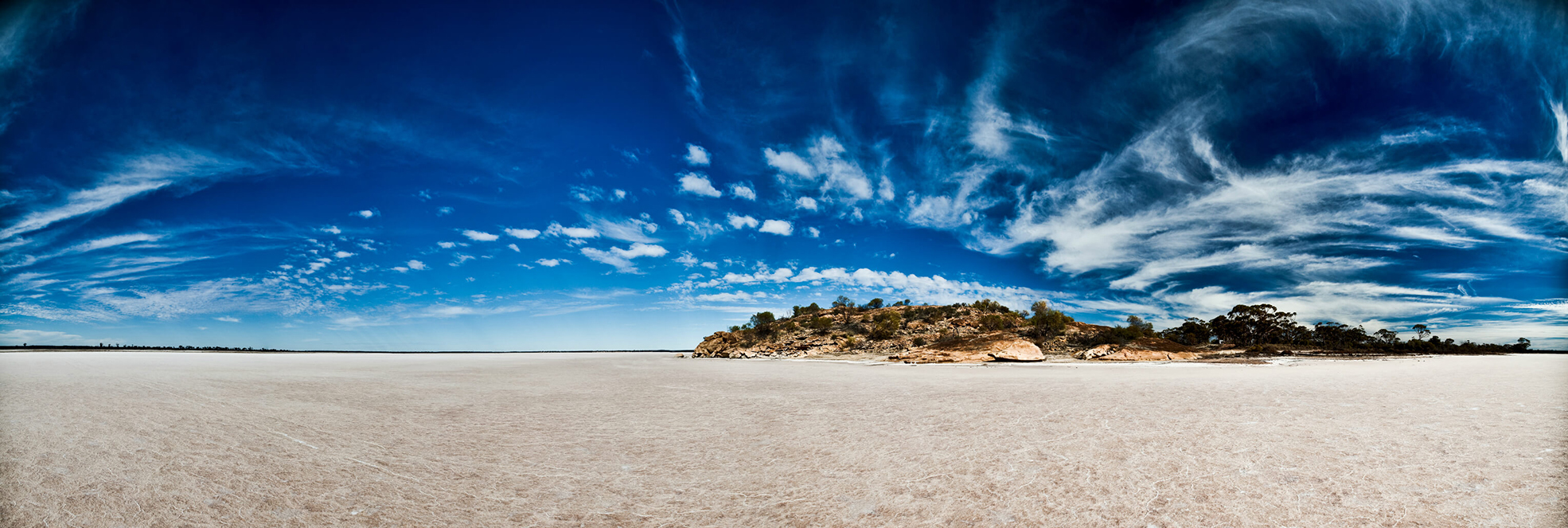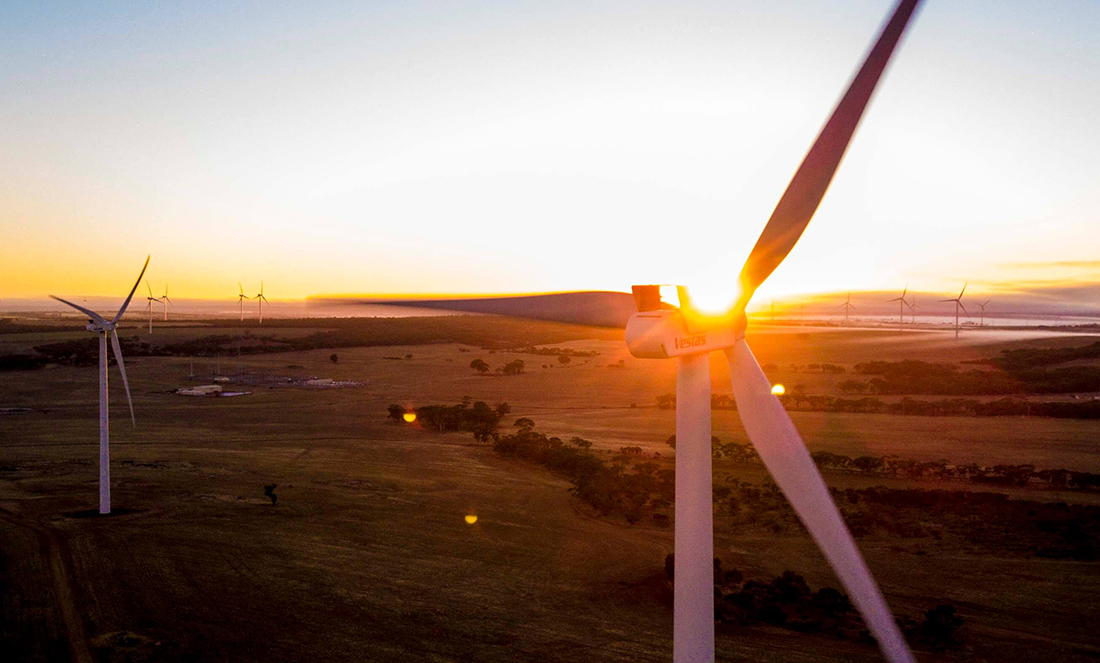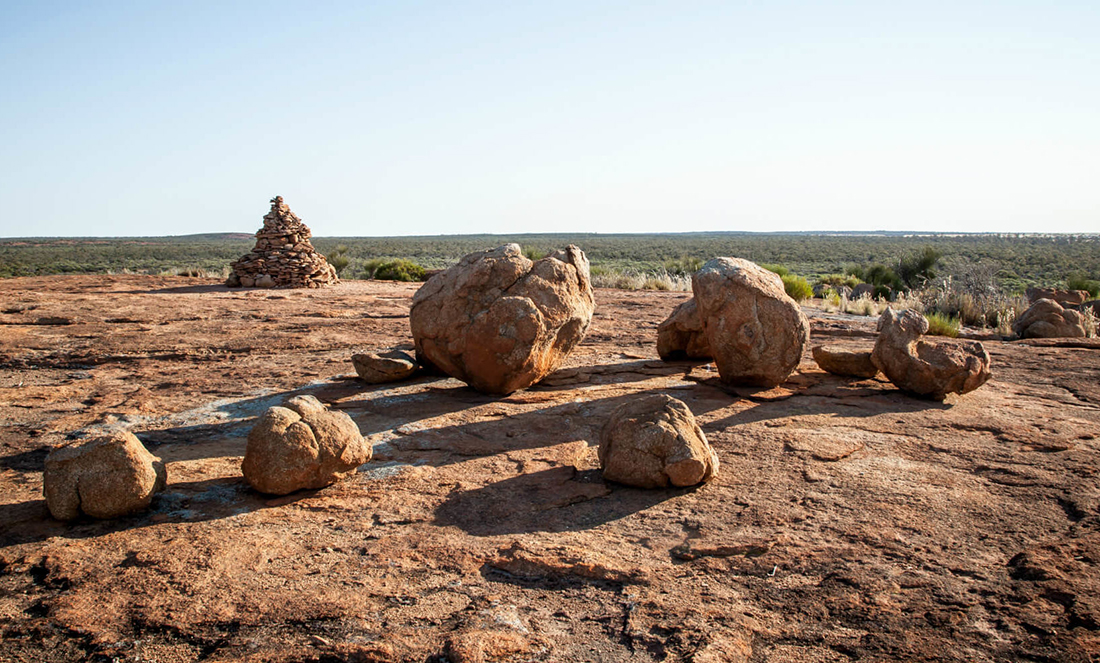The Wheatbelt Science Trail is a map of 56 sites to look at, research further or visit for a science experience. It also includes a geotrail, which is the perfect opportunity to try geocaching.
Like a cross between chasing Pokémon and hunting for treasure, geocaching involves following GPS coordinates on your phone. This lets you locate specific spots around the countryside where you might find a geocache or container. Instead of finding a Jigglypuff, you’re likely to discover goodies or clues in the geocache left there by other geocachers.
On the Wheatbelt Science Trail, you’re also going to learn about science, astronomy, geology, renewables and more.
Rhiannon Bristow-Stagg is project manager with Wheatbelt Science Hub (WSH) and spent the past 2 years helping develop the Wheatbelt Science Trail and geotrail.
Unable to come up with a definitive list of places to put on the trail (who could?!), WSH threw it open to the people of WA.
“We were overwhelmed for choice, with 118 sites suggested,” Rhiannon says.
“Even the committee discovered places they’d never heard of.”

Warning: geocaching can be addictive
Rhiannon says geocaching is a great way for anyone with an interest in the world around them to learn more.
“The geocaches on the trail range from easy to difficult. Some will have swapables, and there are little nano ones that might have just a magnet. Some have puzzles you need to solve,” she says.
“The ones in the country are a lot more fun [than the city ones].”

The geotrail was partially developed through a community geocaching workshop held by WSH earlier this year.
These community members created most of the easy geocaches on the trail, with the more challenging ones put together by WSH volunteers. New geocaches are being released periodically.
Rhiannon says WSH put quite a bit of effort into deciding on the information to share throughout the trail.
“We have so many granite outcrops in the Wheatbelt, so we kept varying the information left at sites,” Rhiannon says.
“For example, instead of just talking about the rocks, we described the macroinvertebrates that live in the rock pools.”

The Wheatbelt (not a belt made of grain)
You may be surprised to find out the area of WA the Wheatbelt covers. It actually starts around Jurien Bay, reaching south to Narrogin and Wagin. The area reaches as far east as Southern Cross.
The Wheatbelt is well known for its salt lakes and granite outcrops, but the trail also includes the Gravity Discovery Centre in Gingin and various museums.
“There are so many amazing places in the Wheatbelt,” Rhiannon says.

You can support the development and next round of sites on the trail on the WSH website.
The project was made possible through the Royalties for Regions Community Chest Fund, Inspiring Australia and a range of volunteers.









